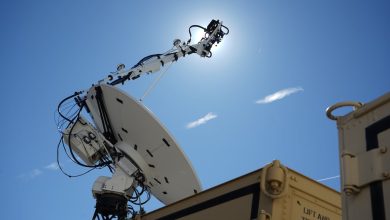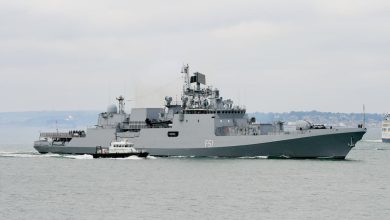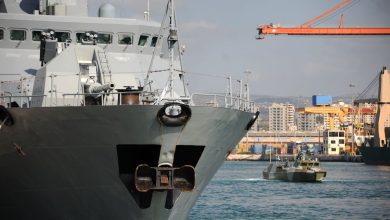Can the Air Force make its next-gen fighter jet cheaper than the F-35?

Since the F-35 Joint Strike Fighter’s inception, the Defense Department and industry have struggled to wrestle down its price tag to roughly $80 million or $100 million per jet, depending on the model.
It’s been a grueling battle involving inflation, supply chain crunches, evolving requirements and developmental problems, and remains ongoing to this day.
But now, looming over the horizon, Air Force leaders face an even harder challenge: Developing a sixth-generation fighter, a successor to the F-22, that can be produced at or below the cost of an F-35.
It’s an ambitious goal, and one being increasingly floated by Air Force leadership, even as the service continues to sort out what its next-generation platform will entail.
But outside experts caution that cutting costs on an advanced platform could sacrifice capability.
Air Force Secretary Frank Kendall first suggested the F-35′s price tag as a cost goal for the future fighter program, known as the Next Generation Air Dominance, or NGAD, platform in a June interview with Defense News.
At the Air and Space Forces Association’s Air Space Cyber conference in September, Kendall doubled down.
“The F-35 kind of represents, to me, the upper bounds of what we’d like to pay for an individual [NGAD] aircraft,” Kendall said. “The F-15EX and the F-35 are roughly in the same cost category. I’d like to go lower, though.”
How the Air Force can rein in that cost remains unclear. The price tag for NGAD’s original concept was coming in at about three times the price of an F-35, Kendall said in June. That sticker shock prompted the Air Force to pause its NGAD contract effort — which had been set to be awarded this year — and rethink its plans for a future air dominance platform.
Meanwhile, some aerospace experts worry that the Air Force is setting an unachievable pricing goal for NGAD — one that might require the fighter to be so watered down that it becomes an irrelevant asset for war and leads to the program’s demise.
“I think it would be extremely challenging, if not unrealistic, to get the kind of capability and performance that they need in NGAD [for] less than the cost of an F-35,” Heather Penney, a retired F-16 pilot and senior resident fellow at the Mitchell Institute for Aerospace Studies, told Defense News. “I’m concerned at the way that Secretary Kendall and the senior leadership have been talking about NGAD, because it feels a lot like they’re boiling the frog, that they’re getting people ready for a program cancellation.”
The Air Force is consulting with airpower experts, including former chiefs of staff Norton Schwartz, John Jumper, and Dave Goldfein, to help it figure out how it will dominate the skies for decades to come, Kendall said.
“We’ve got the A-team on this, and we’re moving pretty quickly … to get to some answers,” Kendall said. “Then, by the way, we’ve got to figure out how we’re going to pay for it. Which I think may, at the end of the day, be our biggest problem.”
Cloudy skies ahead
The Air Force wants NGAD to replace the F-22 Raptor fleet sometime in the 2030s. For years, Air Force leaders emphasized how vital NGAD would be to win future wars and it sought to retire older air frames to free up money to develop the system.
But NGAD’s cost has become its Achilles’ heel, and rumors began to spread earlier this year that the program was in trouble.
Kendall told Defense News in June that the service was still planning to build a next-generation fighter, but that it needed a redesign to bring its price tag down and allow the Air Force to buy it in significant numbers.
“We are looking at the NGAD platform design concept to see if it’s the right concept or not,” Kendall said in June. “We’re looking at whether we can do something that’s less expensive and do some trade-offs there.”
RELATED
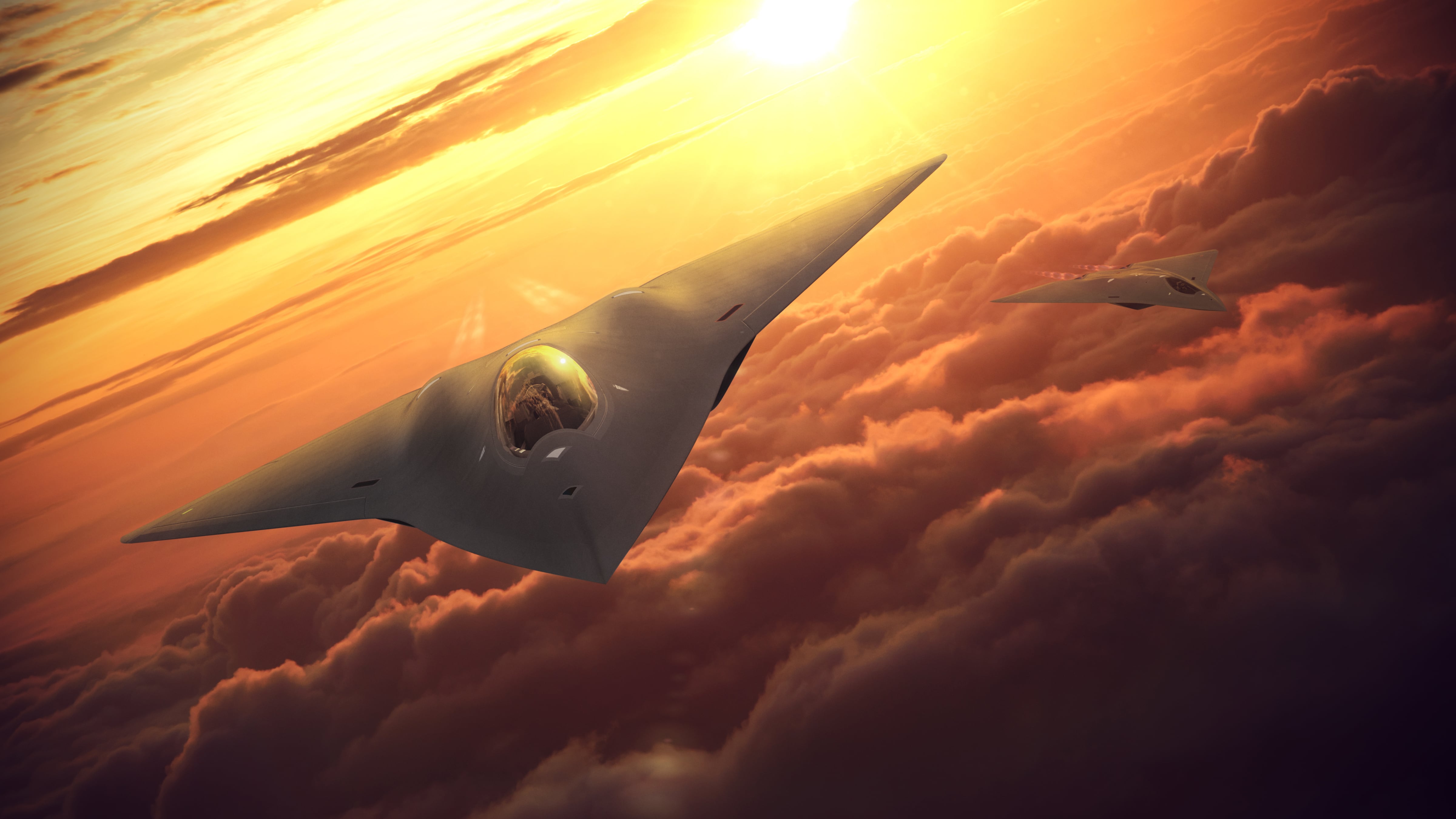
The Air Force envisions NGAD as a “family of systems” that include not only the sixth-generation crewed fighter, but also multiple autonomous drones known as Collaborative Combat Aircraft, or CCA, along with advanced sensors, weaponry and other technology.
The service has been secretive about the details of what NGAD will include and its capabilities, but in recent years has started planning for NGAD to be accompanied by CCAs, which will be drone wingmen for crewed fighter jets, accompanying jets on missions and performing a variety of functions.
The Air Force first started working on NGAD before conceiving of autonomous CCAs, Kendall said, and as NGAD is redesigned, it needs to be structured to better integrate those drone wingman and what they can offer.
Kendall said last month that CCA could help lighten the load for NGAD fighters.
“Once you start integrating CCAs, and transferring some mission equipment and capabilities, functions, to the CCAs, then you can talk about a different concept, potentially, for the crewed fighter that’s controlling them,” Kendall said. “So there’s a real range in there.”
The Air Force also wants to power NGAD with a cutting-edge “adaptive” engine, which would shift to the most efficient configuration as flying conditions change, a capability once considered for the F-35.
And as the entire Pentagon pivots to preparing for a possible war with China, the Air Force is rethinking how it would achieve air superiority against Beijing, Air Force Vice Chief of Staff Gen. Jim Slife said at the Defense News Conference in September.
At the same time, Kendall has also left the door open to other ways of dominating the skies against rival nations like China.
“NGAD itself is still a possibility, it’s one of the things we’re looking at,” Kendall said. “We’d like to get [the price tag] down from [multiple times the cost of an F-35]. But if that turns out to be the most cost-effective operational answer, that’s what we’re going to do, and go fight for the money to have it.”
RELATED

But that pursuit could come with a cost, he warned.
“You end up with small numbers,” he said. “The more the airplane costs, the fewer of them you’re going to have. Numbers do matter, so it’s a trade-off.”
Will the numbers add up?
Whatever NGAD ends up looking like going forward, it faces multiple headwinds that could make bringing it into the F-35′s price range difficult, if not impossible, said John Venable, senior resident fellow of aerospace studies at the Mitchell Institute, a national security think tank that focuses on air and space power.
The Air Force has benefited by not being the only customer for the F-35, he noted.
By the mid-2040s, the Defense Department plans to have purchased about 2,500 F-35s for the Air Force, Navy and Marine Corps combined. The United Kingdom, South Korea, Germany, Israel and about 15 other allies and partner nations are also buying their own Joint Strike Fighter fleets, which allows Lockheed Martin to build as many F-35s as it can and bring the cost down by producing in bulk.

But the F-22 didn’t have that advantage, Venable said. The Air Force was the only customer for that fifth-generation jet, and originally planned to buy about 750 of them from Lockheed Martin.
That fleet was drastically slashed by former Defense Secretary Bob Gates, and the Air Force now has 183 F-22s, which cost $143 million each.
This time around, the Air Force does not plan to sell NGAD to other countries, and it’s not working directly with the Navy on a sixth-generation fighter.
The Navy calls its NGAD effort F/A-XX. In an Oct. 2 Defense Writers Group roundtable with reporters, Chief of Naval Operations Adm. Lisa Franchetti said the Navy is now in the process of selecting from three potential vendors to create F/A-XX.
RELATED

The Air Force has not officially said how many NGAD platforms it wants, but last year Kendall suggested it might be around 200.
The B-21 — which maker Northrop Grumman has touted as the first sixth-generation aircraft — had an average unit procurement cost of about $692 million apiece when it was rolled out in 2022.
This further casts doubt on the feasibility of a sub-$100 million sixth-gen NGAD fighter, Venable said.
“You really think that you’re going to get an airplane that has that much more capability at the price point of an F-35, when you’re only going to buy [about 200] of those, and you’re not going to sell it to anybody else?” Venable said. “It’s just not a realistic expectation. … The range, the sensor payload, the stealth capabilities of this new system — all of those things are going to cost money to get right.”
Venable fears the steady drumbeat of questionable news for NGAD is jeopardizing its chances of ever becoming a reality.
“The way you kill things today is to study it until it’s no longer viable,” Venable said. “Because the threat is so much higher, NGAD is not going to be viable in the 2030s because of the delays. And so this is where you go down that slippery slope.”
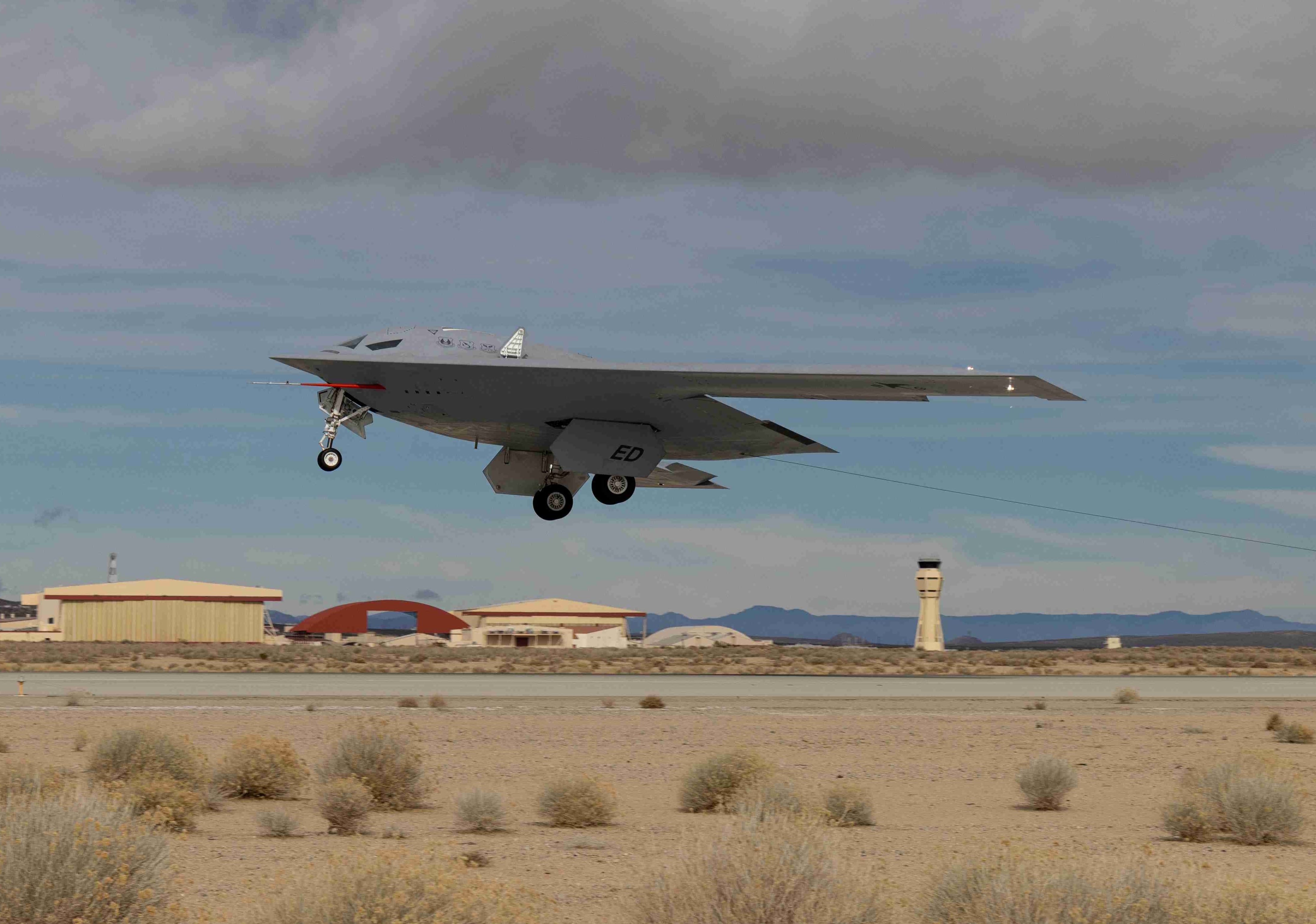
If the Air Force kills NGAD, that will make other elements of the Air Force’s planned future airpower such as the B-21 and CCAs more vulnerable, Penney said.
And if NGAD is excessively whittled down to bring its cost under control, she said, that could also essentially defeat the purpose of creating a sixth-generation fighter.
To survive a fight against China — which would take place over vast expanses of the Pacific Ocean — NGAD would need to have considerable speed and range, she said.
And if an NGAD fighter has to fly a long distance for its mission, it needs to be able to carry enough of a weapons payload to make the trip worth it, and be a credible enough stand-in force to deter China.
But if those capabilities end up getting pared down so NGAD can survive a budget crunch, she added, that could compromise the jet’s entire reason for being.
“If you go too cheap, it’s not going to be relevant for the things that the need it to be able to do,” Penney said.
Potential solutions
One avenue the Air Force could take will be to increase the modularity of NGAD, Penney said, so more elements such as sensors and processors could be developed separately and later bolted on.
Assistant Secretary of the Air Force for Acquisition, Technology and Logistics Andrew Hunter said earlier this year that the service is looking at the “design concept” for NGAD, or the elements that drive a program’s cost, such as its size, propulsion needs, and the complexity of its mission systems.
“These things all interact and kind of say, this is how much the thing you’re looking at is going to cost,” Hunter said. “As we look at the design concept, we want to get that right, and we are looking at an affordable design concept.”
When asked if the Air Force would release an entirely new solicitation for NGAD following the program’s review, Hunter said that it’s not yet clear what path the Air Force will take. If the review finds the program only needs slight changes, he said, “there may not need to be a huge change to our approach.”
But if the review finds the Air Force needs something dramatically different than its current NGAD path, he said, that will require a more significant shift.
A shift in strategy on NGAD could bring Northrop Grumman back into contention. Last year, Northrop chief executive Kathy Warden told investors the company didn’t plan to bid on the Air Force’s version of NGAD as a prime contractor. But at a conference in September, Warden said Northrop is watching what the Air Force does on NGAD, and that a “material change to the program” would prompt the company to take another look at it.

No matter what NGAD’s final price ends up being, the Air Force will need to be able to afford to field it in sufficient numbers to fight a fierce, vast war against a comparable military, and fly long ranges to get to the battle, Hunter said.
“That’s the puzzle we’ve got to solve, and I grant you, it’s a very challenging puzzle,” he said, adding that there’s more than one way the Air Force can settle on a design for the air superiority it requires.
The Air Force could also finish its NGAD review and conclude there’s no way to bring its price under that of an F-35, Hunter conceded.
“That is possible, yes, but we’ve got to do the work,” he said. “We’ve got to do the analysis. And we know what would be most advantageous.”
Stephen Losey is the air warfare reporter for Defense News. He previously covered leadership and personnel issues at Air Force Times, and the Pentagon, special operations and air warfare at Military.com. He has traveled to the Middle East to cover U.S. Air Force operations.



